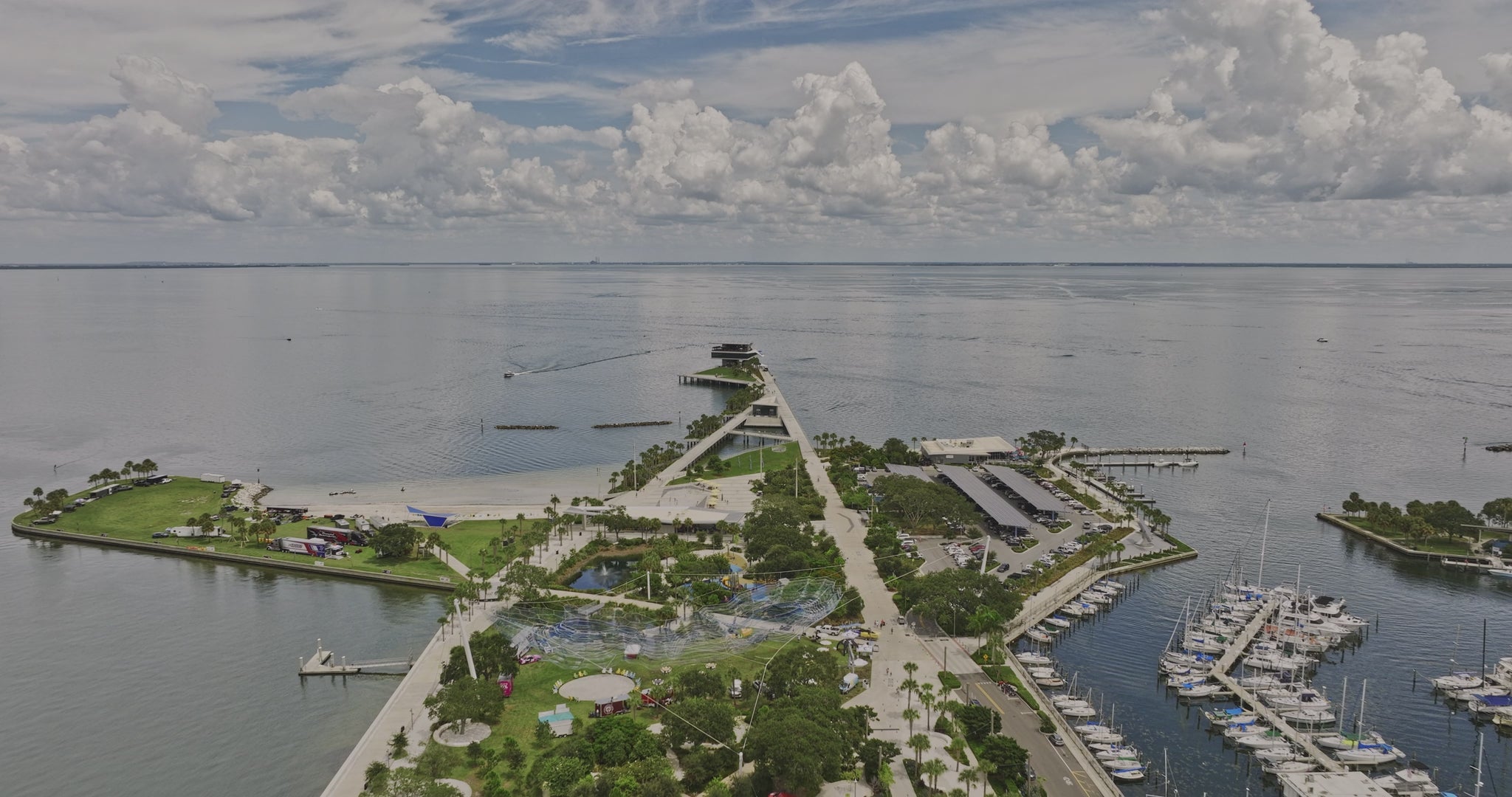When it comes to sun safety, most people are familiar with SPF (Sun Protection Factor) for sunscreen and UPF (Ultraviolet Protection Factor) for clothing. But there’s another important metric that plays a key role in sun protection: UVE (Ultraviolet Effectiveness). If you’ve ever wondered how UVE differs from UPF and why it matters for outdoor environments, this guide will help you understand its significance and practical applications.
What Is UVE?
Ultraviolet Effectiveness (UVE) measures the percentage of UV radiation that is blocked by a shade material. A higher UVE rating means greater protection, making it an essential factor in choosing outdoor shade solutions like umbrellas, pergolas, and awnings. Unlike UPF, which is specific to fabrics worn on the skin, UVE applies to non-fabric materials designed to create UV-safe environments.
Why Were UVE Ratings Introduced?
Before UVE ratings were standardized under AS4174:2018, many shade products were tested using the UPF ratings system, which is best suited for clothing. However, shade structures such as umbrellas and canopies are positioned above and around people, allowing scattered UV radiation to enter from the sides. The UVE system was developed to more accurately measure how well shade materials reduce overall UV exposure in open spaces.
How UVE Ratings Work
The UVE rating scale categorizes materials based on their UV-blocking capabilities:
| UVE (%) | Protection Category |
|---|---|
| 80.0 to 90.9 | Effective |
| 91.0 to 94.9 | Very effective |
| 95.0+ | Most effective |
For example, a fabric with a UVE rating of 95 blocks 95% of UV rays, significantly reducing your exposure to harmful radiation. Prioritizing materials with a UVE rating of 95+ ensures maximum UV protection, especially in areas with prolonged sun exposure.
What Does UVE 95+ Mean?
When you see a “+” in a UVE rating (e.g., UVE 95+), it means the material blocks at least 95% of UV radiation, possibly more. This is similar to UPF 50+, where the plus sign guarantees a minimum level of protection, with potential for even higher performance.
How Is UVE Different from UPF and SPF?
While all three ratings are essential for sun safety, they apply to different products and functions:
| Feature | UVE Rating | UPF Rating | SPF Rating |
| Material Application | Non-fabric materials (tents, umbrellas, shade sails) | Clothing, hats, and accessories | Sunscreen and other topical products |
| UV Protection Scope | Measures overall UV reduction | Measures UVA & UVB protection in fabric | Primarily measures UVB protection (look for broad-spectrum for UVA) |
| Primary Use | Environmental coverage | Skin coverage through clothing | Direct skin coverage, especially for exposed areas |
| Durability | Lasts as long as the material remains intact | Long-lasting as long as fabric integrity is maintained | Requires reapplication every two hours, especially after swimming or sweating |
Why UVE Ratings Matter for Sun Safety
Sun exposure isn’t just about protecting your skin with sunscreen or UPF clothing—it’s also about creating UV-safe spaces for yourself and your loved ones. UVE-rated shade solutions offer an additional layer of protection, reducing overall UV exposure when you’re outdoors.
Practical Examples of UVE in Action
- Relaxing in the Backyard: A UVE 95+ pergola provides consistent shade, reducing sunburn risk while keeping you cool.
- At the Beach or Park: A UVE-rated umbrella offers better UV shielding compared to standard umbrellas that only provide visible shade.
- Outdoor Dining & Events: Restaurants and venues use UVE-rated awnings to ensure guests stay comfortable and protected from direct sun.
-
Children’s Play Areas: Playgrounds with UVE-rated shade sails help minimize UV exposure during peak sun hours.
Choosing the Best UVE-Rated Materials
Not all shade fabrics offer the same level of UV protection. While some provide visible shade, they may fail to block harmful UV rays. Many fabrics last up to 15 years, but their UV-blocking capabilities vary widely. To ensure maximum sun safety, select materials with top-tier UVE ratings (95+), especially in areas with prolonged sun exposure.
How to Use UVE Ratings for Smarter Sun Protection
- Choose High-UVE Materials – Prioritize shade products with a UVE rating of 95+ to maximize UV protection.
- Combine with UPF Clothing – Even with great shade, UV rays reflect off surfaces, so wearing UPF 50+ clothing adds another layer of defense.
-
Check the UV Index Daily – High UV levels call for extra precautions—sunscreen, UPF gear, and UVE-rated shade solutions.
The Bottom Line: UVE for a Safer Outdoor Experience
UVE-rated materials are an essential part of a comprehensive sun safety strategy, providing reliable protection for outdoor spaces. When combined with UPF clothing and sunscreen, they allow you to enjoy the outdoors without compromising your skin's health.
Whether you’re lounging on your patio, spending the day at the beach, or setting up a shady retreat for your family, UVE-rated shade solutions provide the peace of mind you need to enjoy the sun—safely and comfortably.
Live well under the sun!
Content Disclaimer: This website offers general information about health and related subjects. All content and media on the Essuntials™ website are published online for informational and educational purposes only. We do not claim ownership over any 3rd-party content used, which belongs to its respective owners. It is not a substitute for professional medical advice and should not be relied on as health or personal advice. For any medical concerns, please seek professional medical advice.




